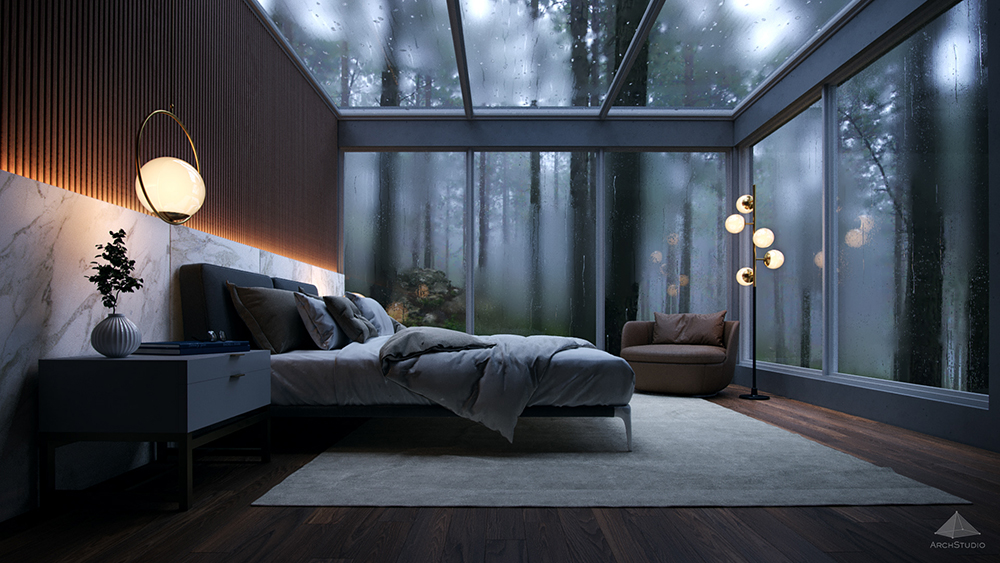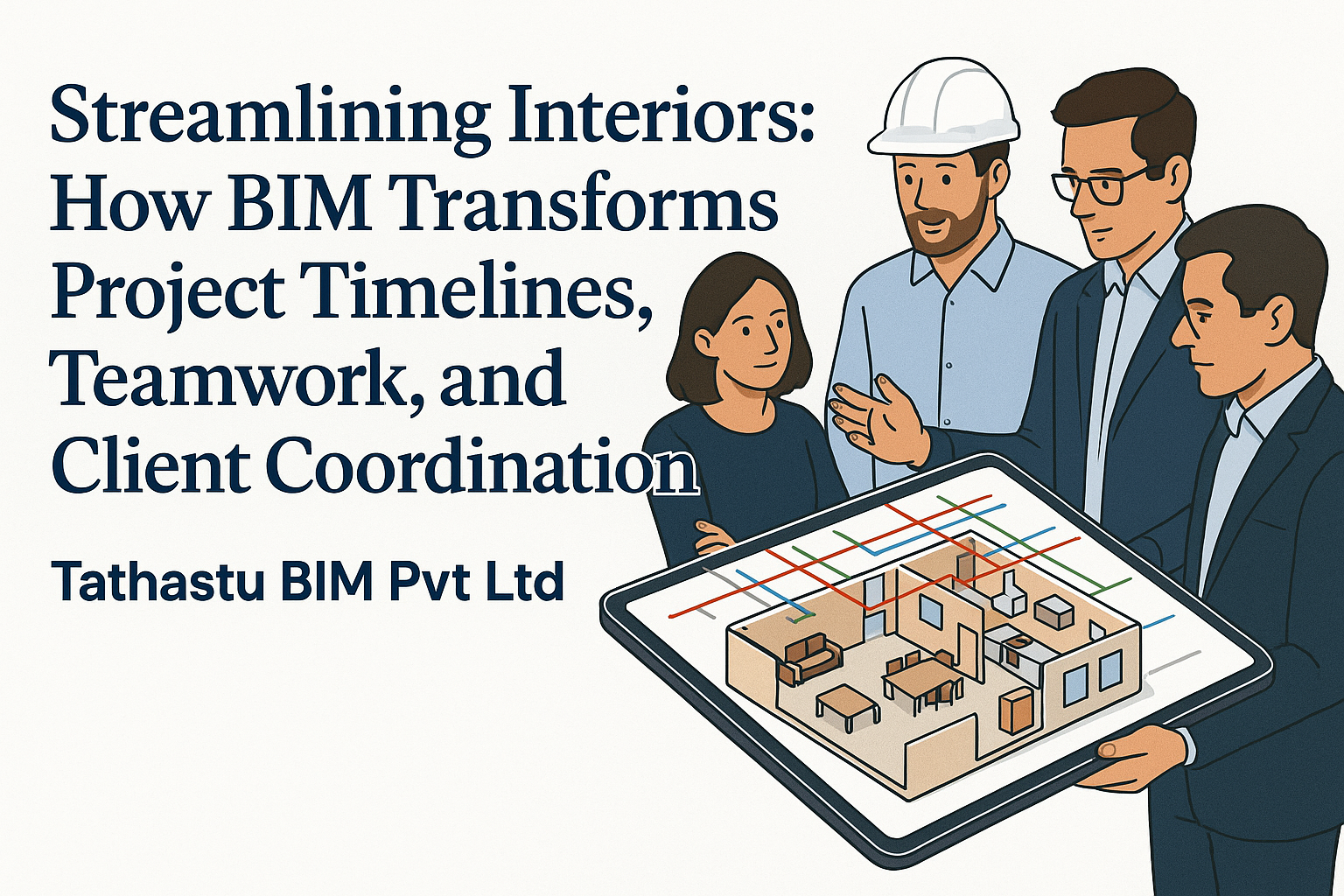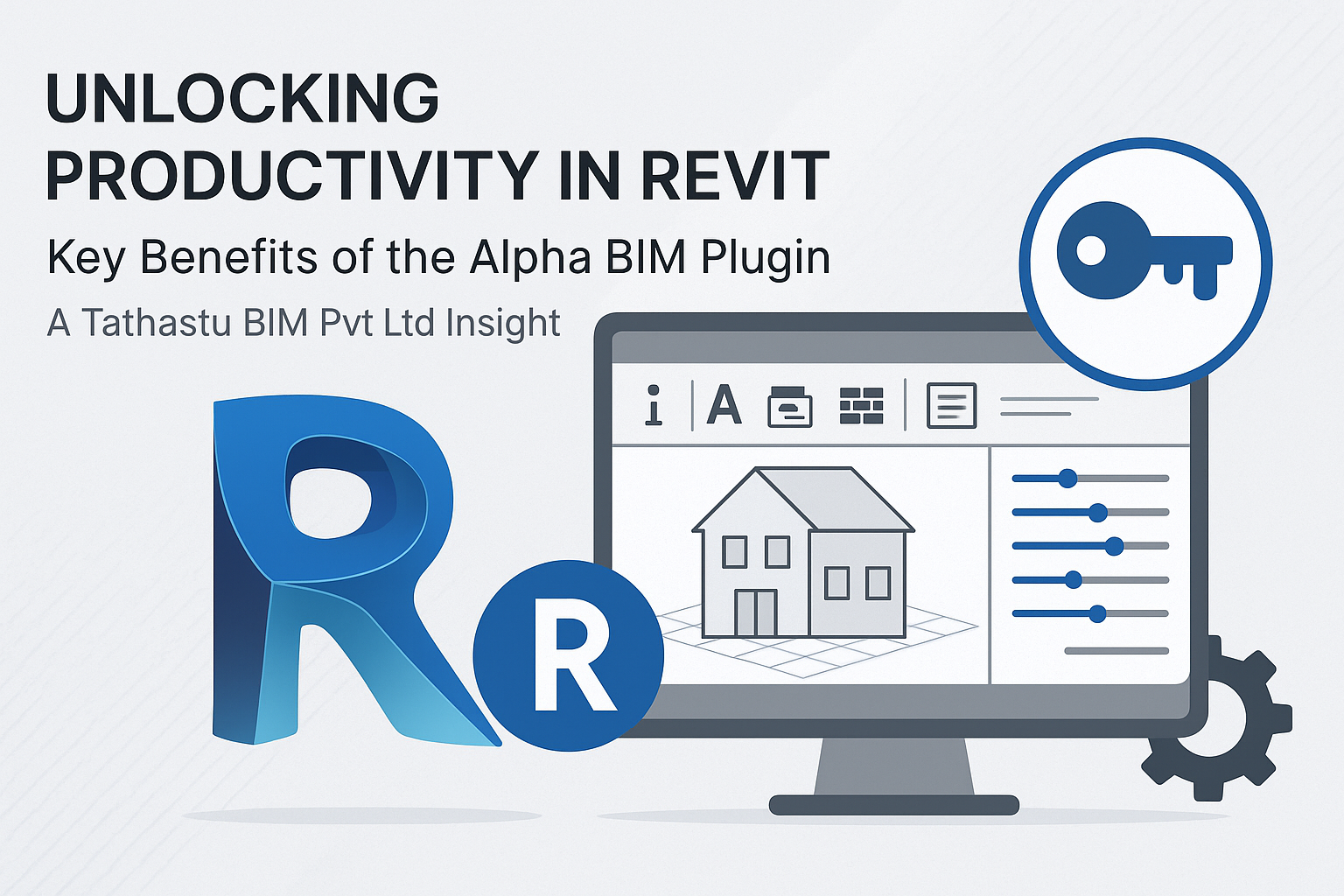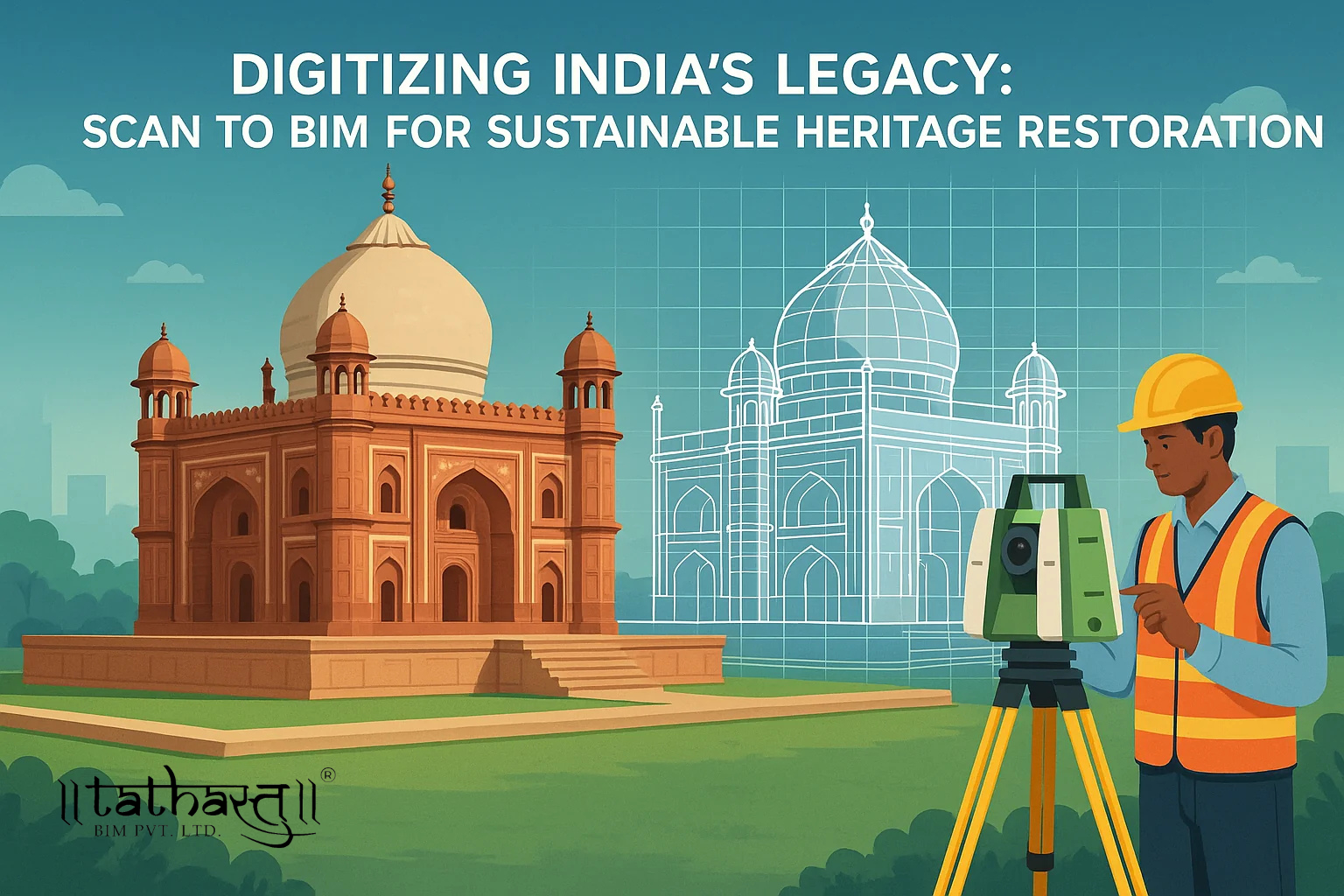

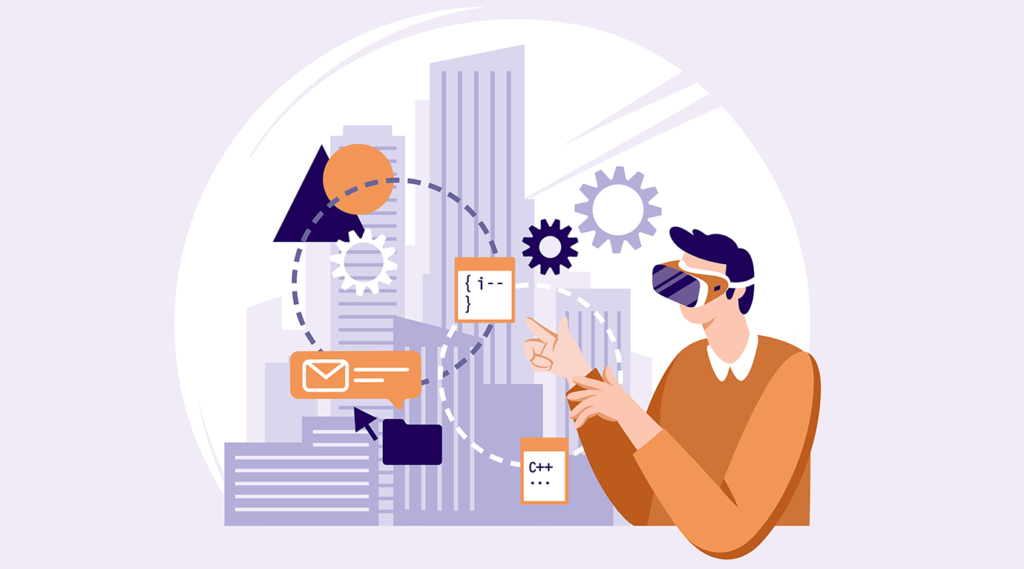
Augmented Reality vs Virtual Reality in AEC: Which is Better for Your Project?
In the world of architecture, engineering, and construction (AEC), technology has revolutionized the way projects are designed and executed. Two buzzwords that have been making waves lately in this field are augmented reality (AR) and virtual reality (VR). Both these technologies offer unique benefits for AEC professionals, but which one is better suited to your project? In this blog post, we’ll explore the differences between AR and VR and help you decide which one is the perfect fit for your needs. So buckle up and let’s dive into the exciting world of AR vs VR!
Introduction to Augmented Reality and Virtual Reality in the AEC Industry
If you’re not familiar with the terms, augmented reality (AR) and virtual reality (VR) are both technologies that allow users to interact with computer-generated images in a real-world environment. AR superimposes digital information onto the real world, while VR creates a completely immersive experience by replacing the real world with a digital one.
If you’re not familiar with the terms, augmented reality (AR) and virtual reality (VR) are both technologies that allow users to interact with computer-generated images in a real-world environment. AR superimposes digital information onto the real world, while VR creates a completely immersive experience by replacing the real world with a digital one.
While there are many potential applications for AR and VR in the AEC industry, some of the most promising uses include:
- Design visualization: AR and VR can be used to create realistic 3D models of proposed designs. This allows designers to get a better sense of how their creations will look and function in the real world.
Prototyping: AR and VR can be used to test out design ideas before they’re built. This can save time and money by identifying potential problems early on in the design process.
Construction planning: AR and VR can be used to create virtual construction sites. This allows contractors to plan out every step of the construction process before work even begins.
training: AR and VR can be used to provide realistic training simulations for construction workers. This can help reduce accidents and injuries on job sites.
Pros and Cons of Augmented Reality for AEC Projects
When it comes to emerging technologies in the AEC industry, few are as hotly debated as augmented reality (AR) and virtual reality (VR). Both have their proponents and detractors, but what are the real pros and cons of each? In this blog post, we’ll take a closer look at AR vs VR in AEC to help you decide which is right for your project.
PROS:
- AR can provide a more realistic representation of a project than VR.
AR can be used to overlay digital information on top of the physical world, making it easier for architects and engineers to visualize data and make more informed decisions.
AR can be used to create interactive walkthroughs or simulations of a project, allowing stakeholders to get a better understanding of the design before construction even begins.
AR can be used to improve safety on construction sites by providing workers with real-time information about potential hazards.
- AR can increase productivity by allowing workers to access instructions and manuals hands-free while they work.
AR can be used for marketing and public relations purposes, giving potential clients or investors an immersive experience that will help them understand your project in a whole new way.
Several software platforms like Autodesk BIM 360 now offer augmented reality features that allow users to view 3D models in an immersive environment.
The use of augmented reality in AEC projects
Pros and Cons of Virtual Reality for AEC Projects
Virtual reality (VR) has been heralded as a game-changing technology for the AEC industry, offering new ways to visualise projects and collaborate with colleagues and clients. However, VR also has its drawbacks and is not suitable for every type of AEC project. In this article, we explore the pros and cons of VR for AEC projects to help you decide if it’s right for your next project.
PROS:
- Increased accuracy in design: With VR, architects can walk through their designs and catch errors or potential problems before construction even begins. This can save time and money in the long run.
- Improved client engagement: Clients can be fully immersed in the design of their future home or office, getting a realistic feel for the space before it’s built. This can help them make better decisions about the project and avoid costly changes later on.
Enhanced team collaboration: Virtual reality allows team members to work together on a project from anywhere in the world, as if they were all in the same room. This can improve communication and make coordination easier.
CONS:
- High cost: Virtual reality equipment is still relatively expensive and may not be within reach for smaller companies or projects.
Limited software options: There are currently only a few software programs that support VR, so users may be limited in what they can do with this technology.
- Requires special training
Examples of Augmented and Virtual Reality Used in AEC Projects
Virtual Reality (VR)
360-degree panoramic images
User can explore the space and see how the design looks
Can be used for training or marketing purposes
Augmented Reality (AR)
Layering of digital content on top of the real world
User can interact with digital content in the real world
Content can be contextualized to the user’s surroundings
Both augmented reality and virtual reality have been used in AEC projects. Some examples are:
- 360-degree panoramic images have been used to give users a realistic view of what the design will look like. This is especially useful for marketing purposes, as potential buyers can get a feel for the space before it is built.
- AR has been used to layer digital content on top of the real world. This allows users to interact with digital content in the real world. For example, AR can be used to show how a proposed design would look in its intended setting.
Cost Comparison of AR/VR Technologies
There is no one-size-fits-all answer to the question of which AR/VR technology is better for your AEC project. The right solution depends on the specific needs of your project and the budget you have available.
However, there are some general trends that can be observed in the cost of different AR/VR technologies. For example, Augmented Reality (AR) tends to be more expensive than Virtual Reality (VR), due to the need for specialized hardware and software. However, VR can also be quite costly depending on the level of immersion you require.
In terms of specific costs, it is difficult to give a definitive answer as prices can vary widely depending on the vendor and the features you require. However, as a general guide, you can expect to pay around $5,000 for a high-end AR headset and around $3,000 for a high-end VR headset.
Challenges with Implementing AR/VR Technologies in AEC
There are a few key challenges that need to be overcome when implementing AR/VR technologies into AEC projects. Firstly, the cost of hardware and software can be prohibitive for many firms. Secondly, there can be a lack of understanding of how these technologies can be used to benefit AEC projects. Getting buy-in from all stakeholders (including clients) can be difficult.
That said, there are many firms who are successfully using AR/VR technologies in AEC, and the benefits are clear. These technologies have the potential to revolutionize the way we design, build, and operate our built environment.
Conclusion
Augmented reality and virtual reality can both be powerful tools when applied to AEC projects. Depending on the type of project, one technology may be more beneficial than the other. AR can provide an immersive experience that allows users to interact with 3D models in real-time, while VR provides a fully immersive environment. Ultimately, the decision of which technology is best for your project should come down to what will yield the greatest results for your specific objectives and budget.
Popular Posts
